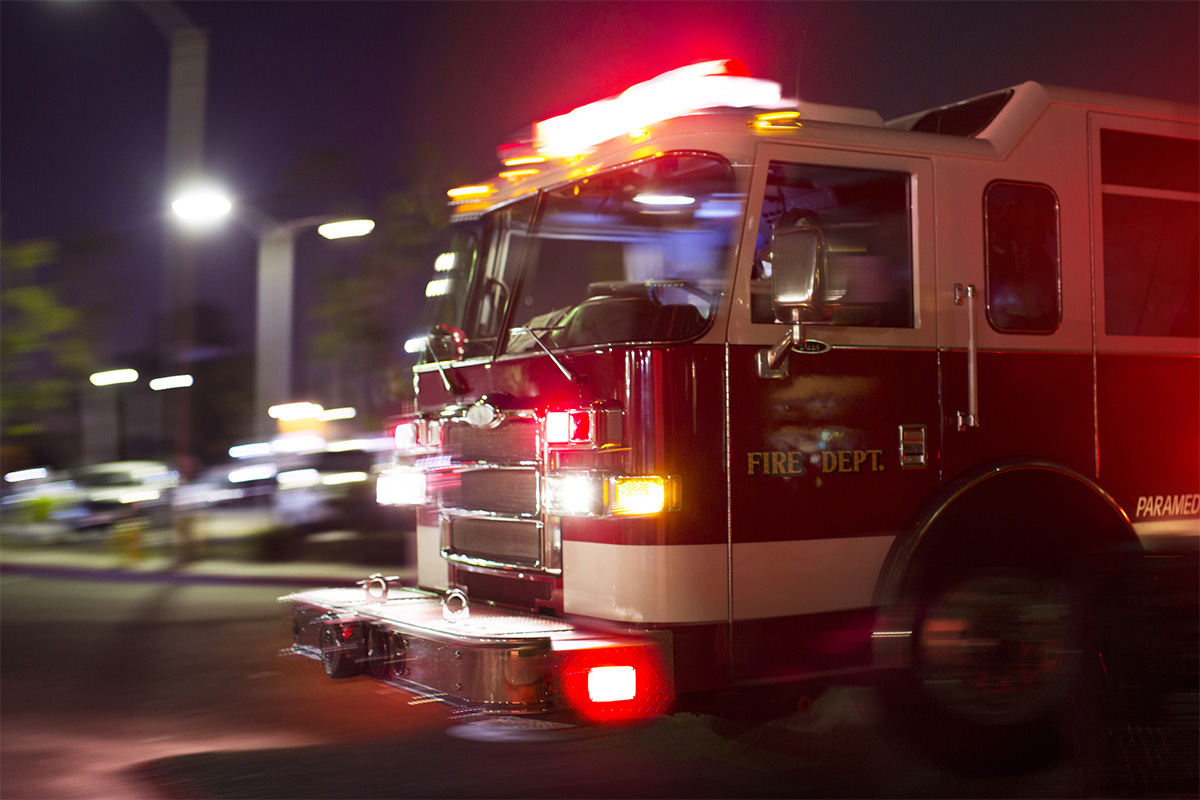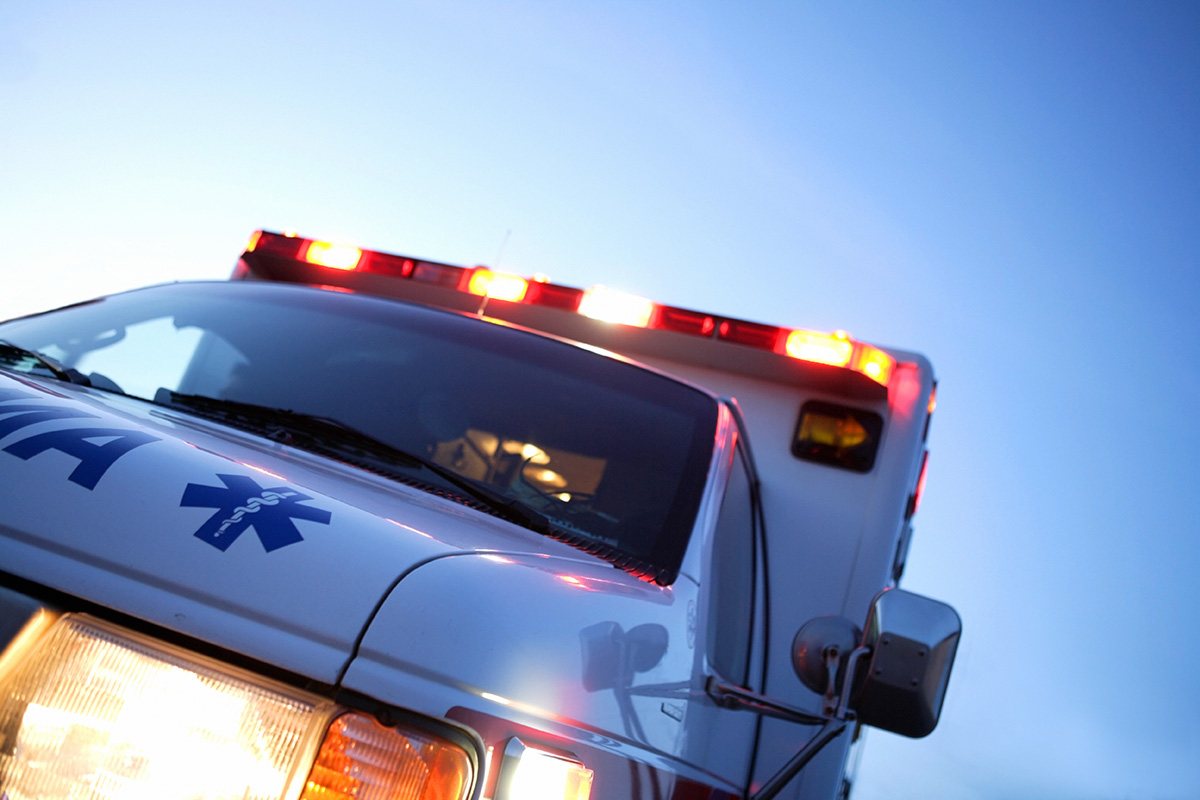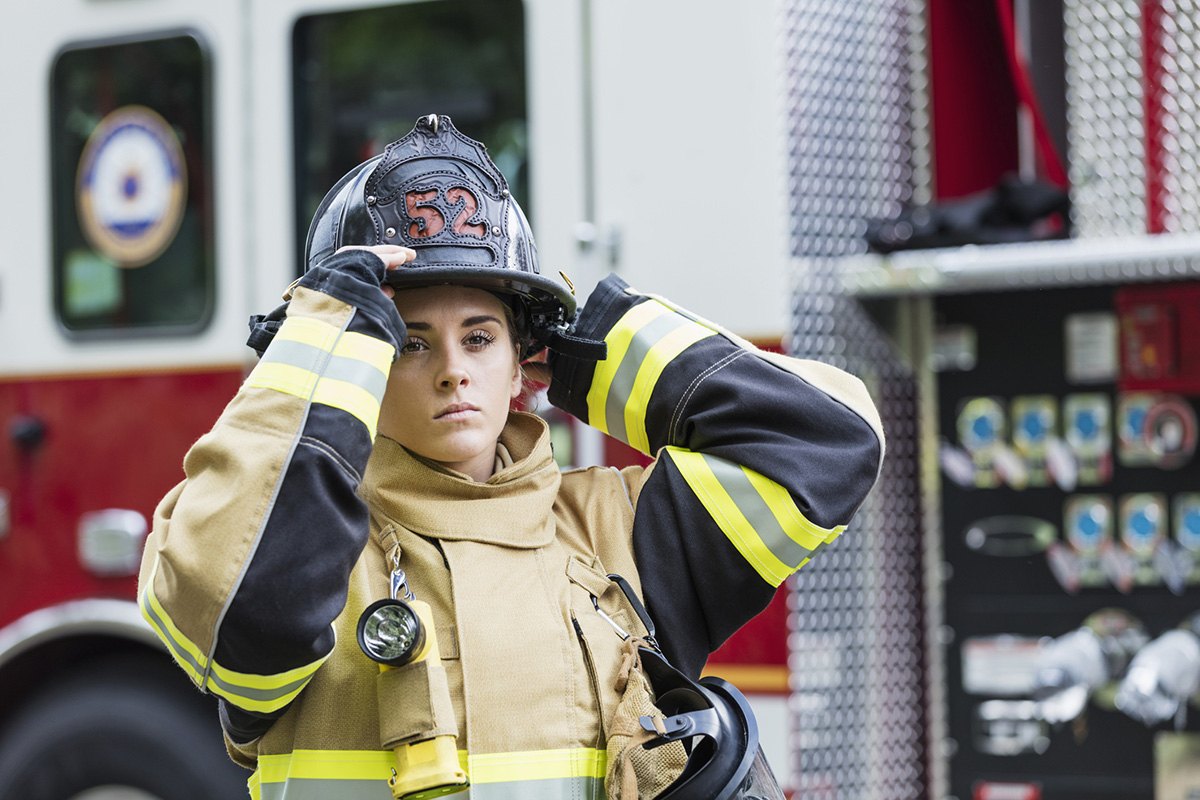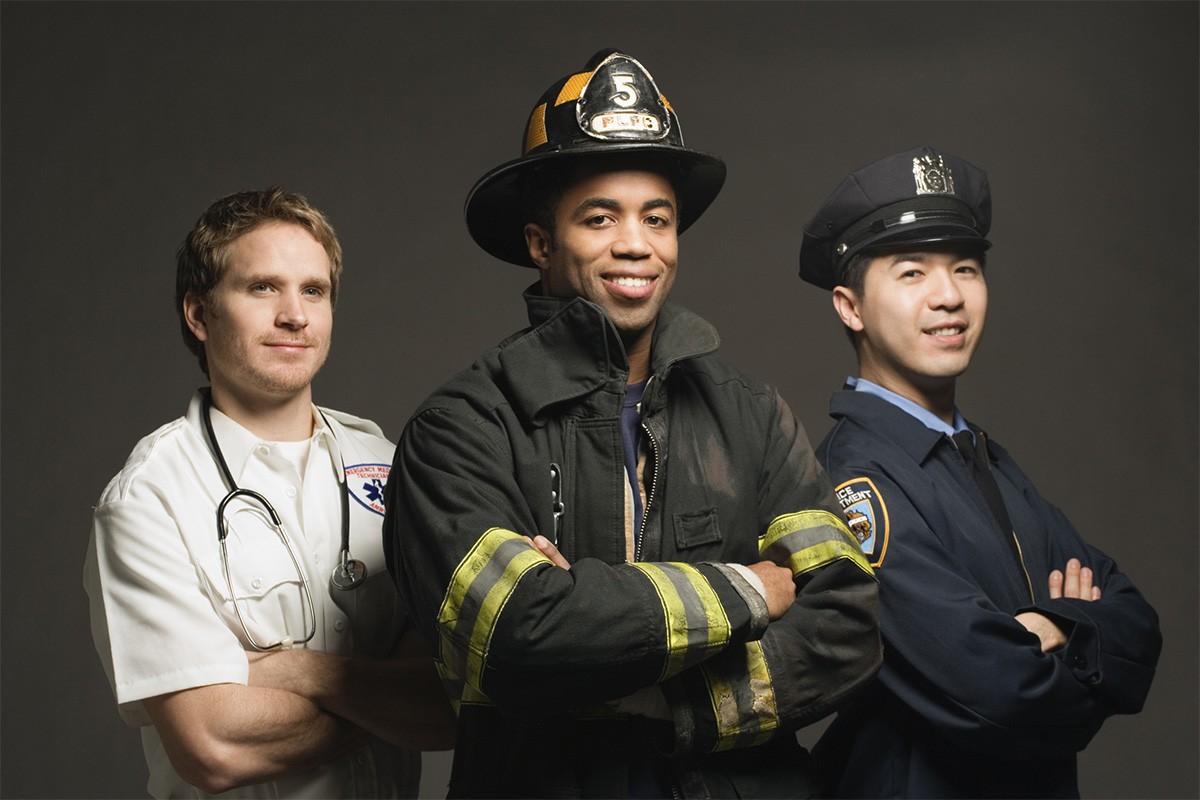When you call 911 in a medical emergency, who is the first to arrive? If your community is like many around the country, there’s a good chance that a fire truck accompanies an ambulance, and sometimes they even arrive first.
Why do fire trucks respond to EMS calls? The answer is often connected to the location and availability of fire trucks versus ambulances, but it can be a complicated issue for fire service leaders and EMS administrators.
In this article, we explore:
- How often fire trucks are called to medical emergencies.
- Considerations for fire and EMS leaders in their emergency response.
What Percent of Firefighter Calls Are Medical?
In cities all across America, fire departments are dispatched more often to medical emergencies than fires. In the Fire Experience Survey conducted annually by the National Fire Protection Association, respondents reported that fires totaled just 3.6% of their calls in 2018, while medical emergencies accounted for 64.1% of calls.
Medical calls are happening more frequently, and the reverse is happening for fire calls. The NFPA survey reported 2.9 million calls for fires in 1980 compared to 1.3 million in 2018, while medical calls rose from 5 million in 1980 to 23.5 million in 2018.
Location, Availability and More
In many communities, fire trucks are closer and more likely to be available to respond to an emergency than ambulances. Even if a fire wasn’t reported by the person making the call, fire trucks may be better equipped to respond quickly to certain types of emergencies.
For example, there were 98 firehouses with a combined 158 fire vehicles in Chicago in 2017, but there were only 75 city ambulances. On a typical day, most of Chicago’s ambulances were busy from the beginning of a shift until the end, leaving dispatchers to determine whom to send to an emergency call. In many cases, the best option was a fire truck.
Firefighters are often required to obtain EMT certifications, and when they get to a scene first they can provide treatment before an ambulance arrives. When injuries are severe, EMT-trained firefighters are capable of starting care, and having a larger team at the scene can be beneficial. Most emergencies require several people to not only stabilize the patient, but also to assess the situation.
Situations become more complicated when a patient needs to be transported. In the case of a serious trauma, such as a gunshot wound or a traumatic brain injury in which minutes can make the difference between life and death, patients must be transported to a hospital as quickly as possible. Fire trucks are not typically equipped to transport patients, but hybrid solutions are being considered.
Not all emergencies are life threatening or require transporting a patient to the hospital. It may seem like a misuse of resources to have a fully-equipped fire truck at the scene of a minor incident, but the situation is nuanced.
In the meantime, the status quo of a fire truck arriving first is likely to remain in many communities, at least for the foreseeable future. It’s not that the dispatcher misunderstood the caller, or that there was a mistake; it’s most likely a case of proximity, and the fact that a fire truck was more readily available.
Related: Why Telemedicine is Growing in EMS
Education for Fire and EMS Leaders
At Columbia Southern University, our online degree programs are taught by distinguished industry leaders that are at the forefront of emerging issues in the fire service and EMS.
To learn more about CSU’s online degree programs and how they can advance your career in public service, visit ColumbiaSouthern.edu/EMS or ColumbiaSouthern.edu/Fire.






